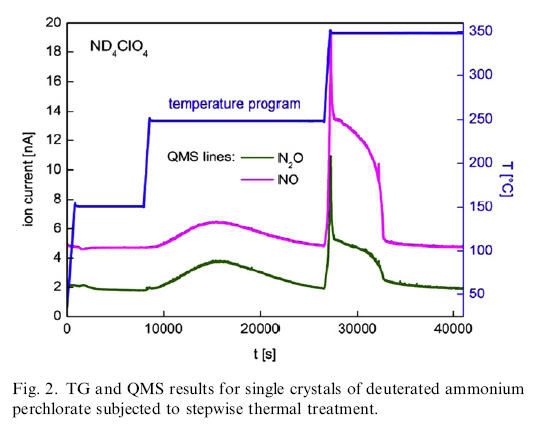Here's one of my two questions that I didn't get to ask, responded to very very quickly via email (thanks Sara!)
"We can operate TEGA in two different modes. In one mode we can scan all the masses, in which case we would see chlorine had it been there. But it takes about 5 minutes to complete a full scan at a good sensitivity level. The way we operate TEGA when we are heating the sample, we select several (generally 10 to 20) masses of interest and continuously jump back and forth between them so we don't waste time on masses that we don't think will be of interest. We do occasionally run a full mass scan, but normally during heating, it is just the mass hopping mode."
"We can operate TEGA in two different modes. In one mode we can scan all the masses, in which case we would see chlorine had it been there. But it takes about 5 minutes to complete a full scan at a good sensitivity level. The way we operate TEGA when we are heating the sample, we select several (generally 10 to 20) masses of interest and continuously jump back and forth between them so we don't waste time on masses that we don't think will be of interest. We do occasionally run a full mass scan, but normally during heating, it is just the mass hopping mode."
I also fear missing something by not looking for everything.
But this is how I explain it to myself: "During heating", as the temperature is constantly rising, there is no time for a five minute full scan. Each portion of the scan would occur at a different temperature range and really complicate -- as well as miss -- things. 10 - 20 measurements is perhaps the most that can be made in a reasonable time/temperature range as the temperature is rising. When a temperature plateau is reached, then there is time for a full scan at one temperature.
So, slowly scanning through all possible masses as the temperature is rising may actually miss more information than the method described above.

